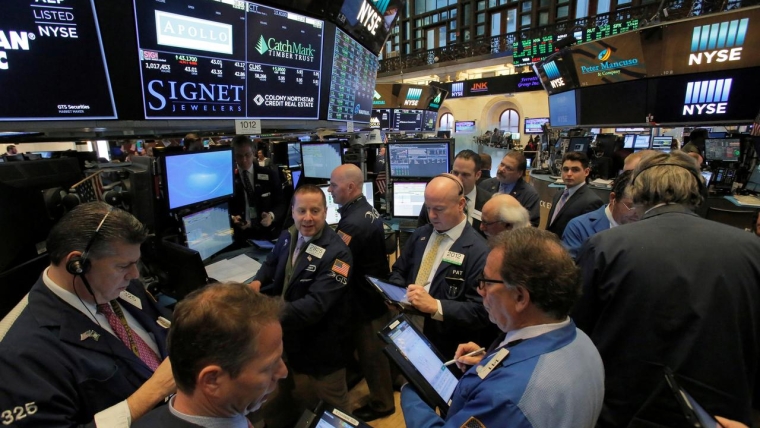
EUR and GBP have opened the week on a soft note, reflecting a much weaker PMI report for the former and Brexit fog for the latter. NZD has recovered some of last week’s losses although remains below 0.63. Lower European rates have dragged down US Treasury yields.
Flash Euro area PMI data for September – including for the two biggest nations, France and Germany – were released last night and came in much weaker than expected. Rather than show signs of stabilisation at low levels, they lurched down further, with indicative evidence that recessionary conditions in the manufacturing sector are spilling over into the services sector. Germany’s Bundesbank projected that the economy is likely to have entered a “mild technical recession” in the September quarter. ECB President Draghi testified to the European Parliament and repeated his policy message, noting that the balance of risks to the growth outlook remains tilted to the downside and he tried to justify the extra policy stimulus he offered earlier this month.
EUR fell over 50pips on the PMI report to a low of 1.0966 before crawling its way back up to currently sit down “only” 0.2% to 1.0990. That the euro didn’t fall a lot further highlights how much bad news is already priced into the currency, with net speculative positions already heavy to the short-side. The data pulled down European bond yields deeper into negative territory, with Germany’s 10-year bunds down 6bps to minus 0.58%.
There was some relief that US indices didn’t go the same way. Both Markit manufacturing and services indices were higher in September than August, with the former’s stronger than expected reading indicating that the more widely followed ISM manufacturing index might recover from last month’s slump. But lower European rates have dragged down US Treasury yields, seeing the 10-year rate down 3bps to 1.69%, after falling to as low as 1.66% overnight.
The NZD has been the strongest performing currency for the new week, up 0.5% to 0.6290. This follows a weaker path over the past two weeks that hasn’t been fully justified in light of the better US-China trade mood and higher sustained level of risk appetite. As we reported yesterday, heavy speculative selling pressure has emerged, taking the number of net short contracts on CFTC data to a record position. We expect an “on-hold” RBNZ at Wednesday’s OCR review might help support a stronger NZD this week, given that the market has priced in a near one-in-four chance of a 25bps cut.
The AUD is only up a touch to 0.6770, which sees the NZD/AUD cross approach the 0.93 mark. The market has largely ignored a report that China’s cancellation of a planned visit to farms in Montana and Nebraska was done at the request of the US and was unrelated to last week’s trade talks. This is evident with the S&P500 barely higher after slumping following Friday’s report of the cancelled visits.
GBP is the weakest of the majors, but in the context of its recent strong recovery on Brexit optimism. Johnson meets key European leaders on the sidelines of the UN General Assembly this week but as he boarded the plane he told reporters that he did not wish to escalate excessively the belief that there will be a breakthrough in renegotiating the withdrawal agreement. Labour’s Corbyn said that his party would hold a second referendum on Brexit if it wins the general election (likely November), putting a “better” deal with the EU on Brexit alongside a Remain option. GBP is down 0.4% to 1.2430, seeing NZD/GBP recover almost a full percent to 0.5060.
NZ rates were down 1-2bps across the curve yesterday, reflecting the downdraft of lower US rates Friday night. Trading is expected to be quiet ahead of the RBNZ’s mid-week policy announcement.
RBA Governor Lowe gives a speech tonight, which gives him a chance to push back on market pricing which puts an 80% chance of the next rate cut coming early October. If he doesn’t, then the market might well take an October rate cut as a done deal, leading to some slight downside pressure on the AUD and rates.

We welcome your comments below. If you are not already registered, please register to comment
Remember we welcome robust, respectful and insightful debate. We don't welcome abusive or defamatory comments and will de-register those repeatedly making such comments. Our current comment policy is here.